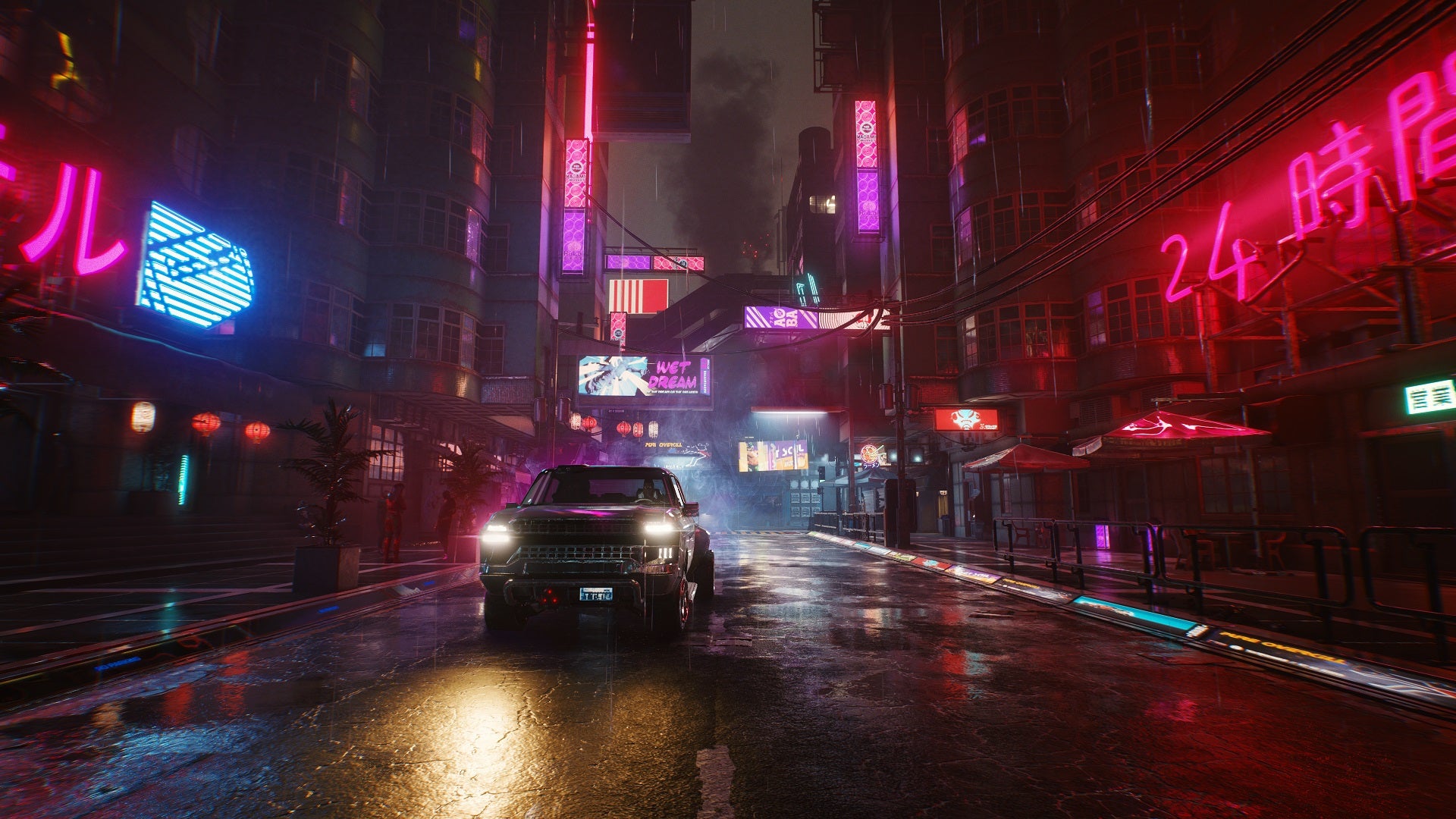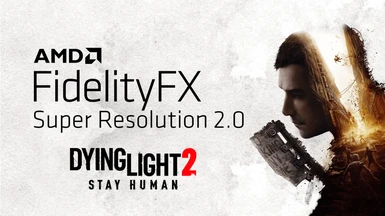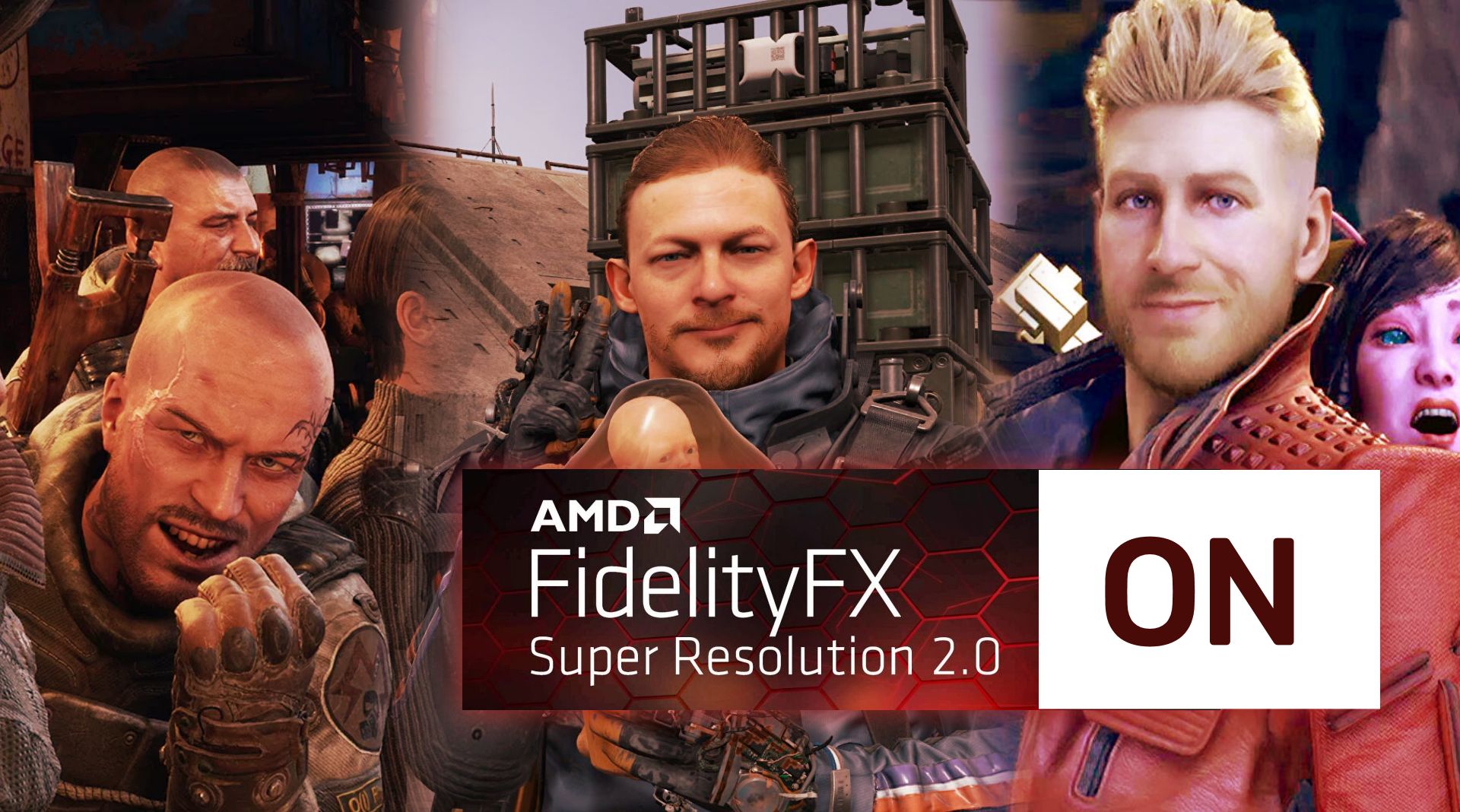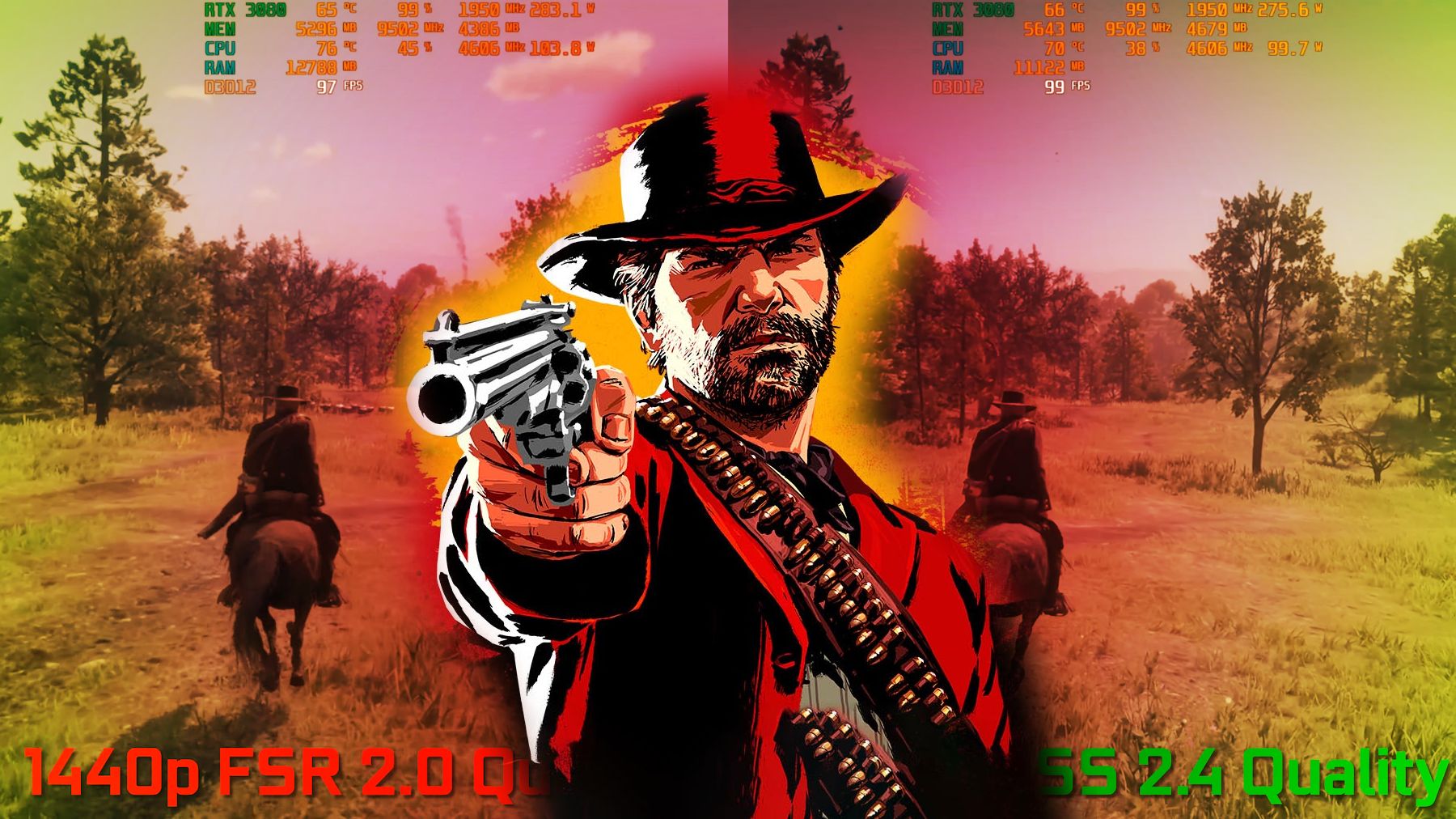This DLSS to FSR2.0 mod stuff is pretty cool for AMD owners!
FSR1.0 in Cyberpunk was pretty decent huh.. I'm surprised. The FSR2.0 mod looks better and sharper however. Still... pictures only tell a half of the story as we well know. Still image comparisons are for the most part useless (unless you're showing large movements of motion in them) as both techniques accumulate frames over time. Relatively still images will produce largely similar results.. whereas the real meaningful testing comes from how they compare under stressful situations.
FSR2.0 will undoubtedly improve from here, and that's pretty exciting.
Looking at still shots in God of War, I can pick out aspects of images where I like the FSR2.0 resolve slightly more than DLSS2.0.. and other aspects where it's the opposite. However, in motion, DLSS is still clearly superior. It's all bout that image stability.. and if you play at high output resolutions, it's pretty incredible how stable DLSS looks. In a world where there's so many graphical techniques being utilized to improve performance, which can cause lots of shimmering, breakup, and dithering... technologies like DLSS are game changers.
It's not perfect of course... none of them are, but considering what we're asking of them, it's stupidly impressive.
FSR1.0 in Cyberpunk was pretty decent huh.. I'm surprised. The FSR2.0 mod looks better and sharper however. Still... pictures only tell a half of the story as we well know. Still image comparisons are for the most part useless (unless you're showing large movements of motion in them) as both techniques accumulate frames over time. Relatively still images will produce largely similar results.. whereas the real meaningful testing comes from how they compare under stressful situations.
FSR2.0 will undoubtedly improve from here, and that's pretty exciting.
Looking at still shots in God of War, I can pick out aspects of images where I like the FSR2.0 resolve slightly more than DLSS2.0.. and other aspects where it's the opposite. However, in motion, DLSS is still clearly superior. It's all bout that image stability.. and if you play at high output resolutions, it's pretty incredible how stable DLSS looks. In a world where there's so many graphical techniques being utilized to improve performance, which can cause lots of shimmering, breakup, and dithering... technologies like DLSS are game changers.
It's not perfect of course... none of them are, but considering what we're asking of them, it's stupidly impressive.






